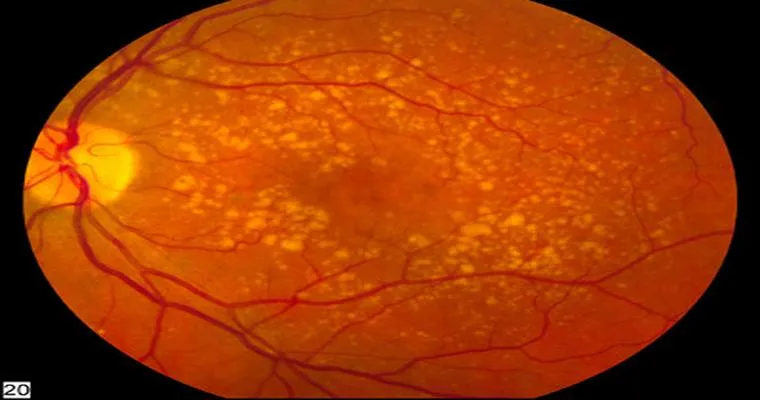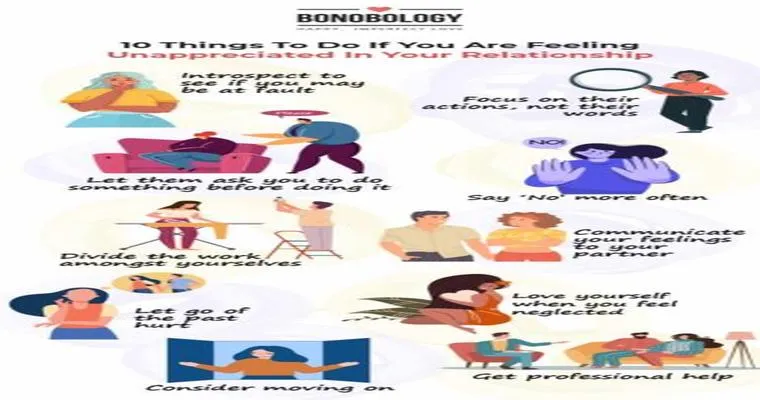"Age-related macular degeneration" (AMD) is a leading cause of vision loss in people over the age of 50. This progressive eye disease affects the "macula", the part of the retina responsible for central vision, making it difficult to read, recognize faces, and perform other tasks that require sharp vision. Understanding the types, symptoms, risk factors, and treatment options for AMD is crucial for maintaining eye health as we age.
Types of Age-Related Macular Degeneration
There are two main types of "age-related macular degeneration": dry AMD and wet AMD.
1. "Dry AMD" is the most common form, accounting for approximately 80-90% of cases. In dry AMD, the macula thins over time, leading to gradual vision loss. It is characterized by the presence of drusen, which are small yellow deposits that form under the retina.
2. "Wet AMD" is less common but more severe. It occurs when abnormal blood vessels grow beneath the retina, leaking fluid and causing rapid vision loss. Wet AMD can develop suddenly and requires immediate medical attention.
Symptoms of Age-Related Macular Degeneration
The symptoms of AMD can vary depending on the type and stage of the disease. Some common symptoms include:
Blurred or distorted vision
Difficulty seeing in low light conditions
A blind spot in the center of vision
Difficulty recognizing faces
It is important to note that symptoms might not be noticeable in the early stages, which is why regular eye exams are essential for early detection.
Risk Factors for Age-Related Macular Degeneration
Several factors can increase the likelihood of developing "age-related macular degeneration". These include:
"Age": The risk increases significantly after the age of 50.
"Family History": Genetics plays a role; individuals with a family history of AMD are at higher risk.
"Smoking": Smoking doubles the risk of AMD.
"Obesity": Being overweight can increase the risk of developing advanced AMD.
"Cardiovascular Disease": Conditions such as high blood pressure and heart disease may also elevate the risk.
Treatment Options for Age-Related Macular Degeneration
While there is currently no cure for AMD, several treatment options can help manage the condition and slow its progression.
For dry AMD, lifestyle changes such as a healthy diet rich in antioxidants, regular exercise, and quitting smoking can be beneficial. Supplements containing vitamins C and E, zinc, and lutein may also help slow down the progression of the disease.
For wet AMD, treatments may include:
"Anti-VEGF injections": These medications help reduce the growth of abnormal blood vessels and prevent further vision loss.
"Photodynamic therapy": This involves using a light-sensitive drug that is activated by a specific wavelength of light to destroy abnormal blood vessels.
"Laser therapy": In some cases, laser treatment can be used to target and destroy the leaking blood vessels.
Conclusion
"Age-related macular degeneration" is a significant health issue that can greatly impact the quality of life for older adults. Awareness of the symptoms, risk factors, and available treatments is essential for early detection and management of the disease. Regular eye exams and a proactive approach to eye health can make a substantial difference in preserving vision as we age. If you or a loved one experience any symptoms of AMD, consult an eye care professional for a comprehensive evaluation.





